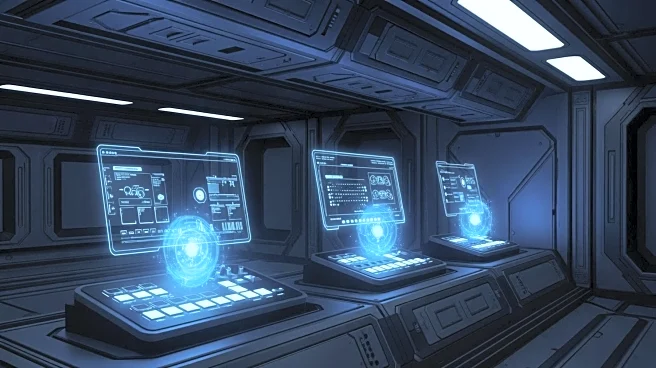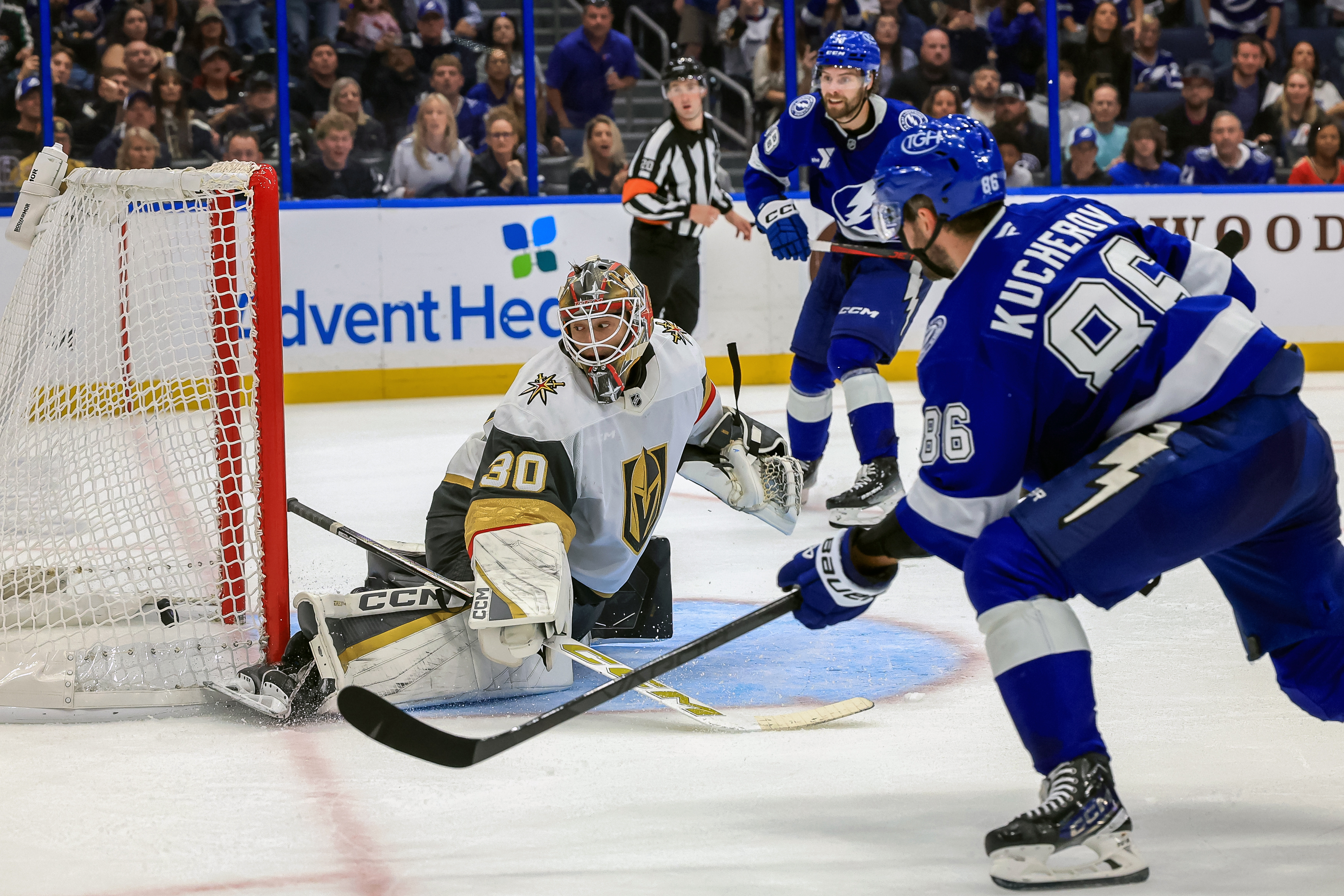What's Happening?
Solara One, a virtual reality experience developed by Aaron Cryderman of AC Reality, has released a new update that enhances its space station environment. The update introduces a private stateroom and
an area reminiscent of the Holodeck from Star Trek, with plans for an arboretum in the future. The stateroom includes functional kitchen appliances and a bathroom, but its highlight is a full-sized synthesizer positioned in front of a large window overlooking space. Users can now compose music while enjoying the detailed cosmic visuals. This expansion follows user feedback and aims to deepen the relaxation and contemplative aspects of the experience.
Why It's Important?
The update to Solara One represents a significant advancement in virtual reality experiences, particularly in the realm of relaxation and creative expression. By integrating music creation into the space station environment, users can engage in a unique form of artistic exploration that combines visual and auditory stimuli. This development may attract a broader audience to VR platforms, including those interested in music and meditation. It also highlights the potential for VR to serve as a tool for stress relief and mental well-being, offering users an immersive escape from daily pressures.
What's Next?
AC Reality plans to continue expanding Solara One with the addition of an arboretum, further enhancing the immersive experience. This upcoming feature may provide users with a virtual nature retreat, complementing the existing space-themed environment. As the platform evolves, it is likely to attract more users interested in innovative VR experiences. The developer's engagement with user feedback suggests ongoing improvements and updates, potentially leading to collaborations with musicians or wellness experts to enrich the content further.
Beyond the Headlines
The integration of music creation within Solara One's VR environment raises interesting questions about the intersection of technology and art. It challenges traditional notions of music composition by situating it within a virtual space, potentially influencing how artists approach creative processes. Additionally, the focus on relaxation and contemplation aligns with broader trends in wellness technology, where VR is increasingly seen as a tool for mental health support. This development could inspire similar innovations across other VR platforms, promoting a new genre of immersive wellness experiences.














